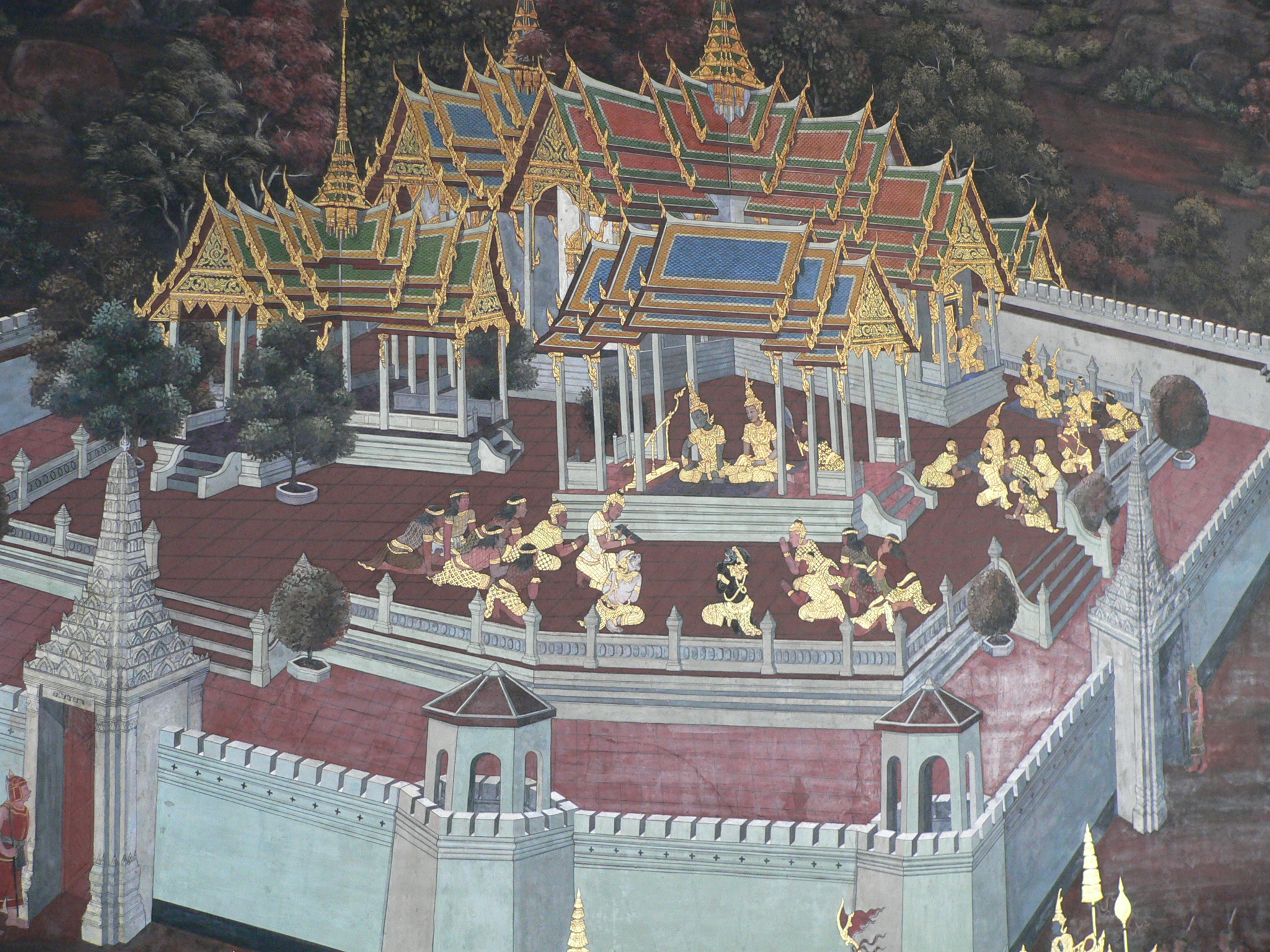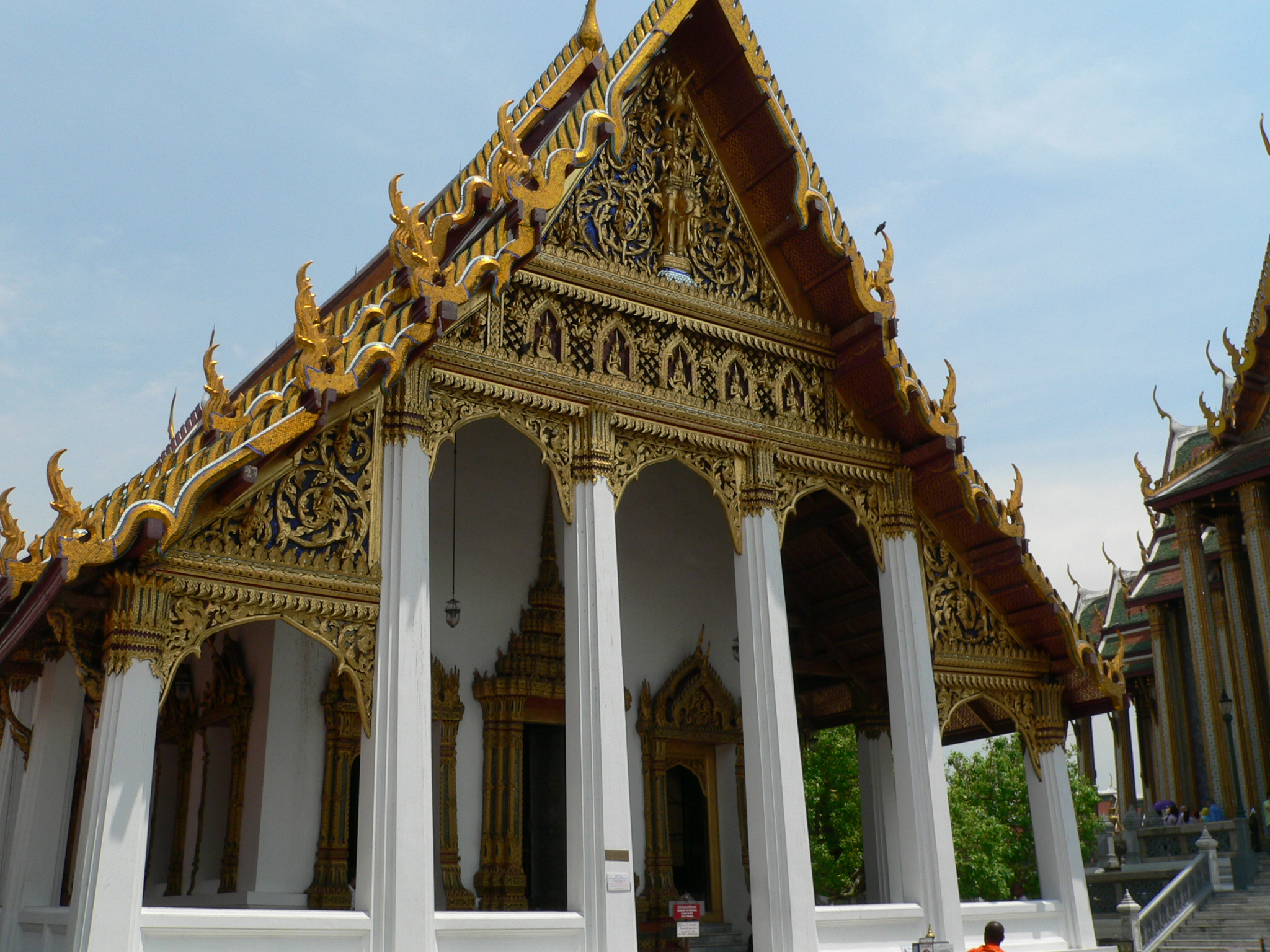Unlocking The Secrets Of The Inner Court: Where Power Meets Mystery
Hey there, ever wondered what exactly goes down behind those grand palace walls? The inner court, my friend, is more than just a fancy term—it’s a world of its own, filled with intrigue, power plays, and stories that could fill entire libraries. Think of it as the heart of ancient royal life, pulsing with secrets and drama that even modern-day soap operas can’t touch. Stick around because we’re about to dive deep into this fascinating world, and trust me, it’s gonna be one wild ride.
So, what exactly is the inner court? Well, it’s like the VIP section of a palace, where only the crème de la crème get access. Picture it as the ultimate backstage pass to royal life. Historically, it was the hub where kings, queens, concubines, and trusted advisors plotted, schemed, and governed. It’s where the real decisions were made, and let me tell you, it wasn’t all tea and crumpets. This place was the epicenter of political and personal power struggles.
Here’s the thing: the inner court isn’t just a relic of the past. Its legacy lives on in modern governance, corporate hierarchies, and even in how we navigate relationships. Understanding this concept gives us a peek into the mechanics of power and influence, and that’s something that’s as relevant today as it was centuries ago. So, buckle up because we’re about to take a journey through time and space to uncover the mysteries of the inner court.
- Indian Viral Leaked Mms The Buzz The Truth And The Impact
- Keisha Morris The Rising Star Whos Taking The World By Storm
Table of Contents
- A Quick History of the Inner Court
- The Structure and Layout of the Inner Court
- Key Roles and Figures in the Inner Court
- Power Dynamics in the Inner Court
- How the Inner Court Influenced Modern Governance
- Cultural Impact of the Inner Court
- Myths and Legends Surrounding the Inner Court
- The Inner Court in Modern Context
- Controversies and Scandals in the Inner Court
- The Future of Inner Court Concepts
A Quick History of the Inner Court
Alright, let’s rewind a bit. The concept of the inner court has been around for centuries, dating back to ancient civilizations. Think Egypt, China, Persia—you name it. These cultures had their own versions of the inner court, each with its unique flavor. For instance, in ancient China, the inner court was a well-oiled machine where emperors ruled alongside their concubines, eunuchs, and trusted advisors. It was a delicate balance of power, where one wrong move could cost you your head, literally.
In the West, the inner court was more about the royal family and their closest allies. Think medieval Europe, where kings and queens would gather their most trusted knights, bishops, and nobles to form the inner circle. It was like a royal boardroom, but with swords and crowns instead of PowerPoint slides. And let’s not forget the Byzantine Empire, where the inner court was so complex that it gave us the term “byzantine” to describe anything overly complicated.
But why did these inner courts exist? Well, it boils down to one thing: control. Rulers needed a space where they could make decisions without the prying eyes of the public. The inner court was their sanctuary, where they could strategize, plot, and sometimes, even party. It was a place where loyalty was tested, alliances were forged, and enemies were made.
Evolution of the Inner Court Through Time
Now, the inner court wasn’t static. It evolved with time, adapting to the needs of the rulers and the societies they governed. In the early days, it was all about brute force and military might. But as civilizations grew more complex, the inner court became a hub of intellectual and cultural power. Think of it as the original think tank, where philosophers, poets, and scientists were just as important as warriors and priests.
And let’s not forget the role of religion. In many cultures, the inner court was deeply intertwined with religious practices. Priests and spiritual leaders often held significant influence, advising rulers on matters of state and morality. It was a fascinating blend of politics and spirituality that shaped the course of history.
The Structure and Layout of the Inner Court
Alright, let’s talk layout. The inner court wasn’t just a random collection of rooms. It was a meticulously planned space, designed to reflect the hierarchy and power dynamics of the royal household. Picture a palace with concentric rings of power, where the innermost circle was the most sacred and inaccessible. This was the heart of the inner court, where only the chosen few could enter.
Now, the layout varied depending on the culture and era. In ancient China, the Forbidden City was a prime example of inner court architecture. It was divided into sections, each with its own purpose. The outer court was for public ceremonies, while the inner court was reserved for the emperor’s family and trusted advisors. Every detail, from the placement of buildings to the color of the walls, was symbolic and deliberate.
Key Features of Inner Court Architecture
So, what made an inner court, well, an inner court? First off, it had to be secure. Think high walls, guarded gates, and secret passages. The last thing a ruler wanted was an unwelcome visitor in their inner sanctum. Second, it had to be luxurious. This was the place where the elite gathered, and it had to reflect their status and wealth. Think silk curtains, gold-plated furniture, and gardens that could rival Eden.
And let’s not forget the symbolic elements. Many inner courts were designed to reflect the ruler’s divine right to govern. Think thrones placed under domes that symbolized the heavens, or courtyards aligned with celestial bodies. It was all about creating an atmosphere of awe and reverence.
Key Roles and Figures in the Inner Court
Alright, let’s talk about the players. The inner court was like a royal chessboard, with each piece having its unique role and power. At the top, of course, was the ruler, the ultimate decision-maker. But they didn’t operate in a vacuum. Surrounding them were a host of key figures, each with their own agenda and influence.
First up, we have the royal family. Queens, concubines, and heirs all played crucial roles in the inner court. They were more than just figureheads; they were strategists, diplomats, and sometimes, even spies. Then there were the advisors, the wise men and women who offered counsel on matters of state. And let’s not forget the eunuchs, who often held significant power in Eastern courts, acting as intermediaries between the ruler and the outside world.
Power Struggles Among Inner Court Figures
Now, with all these powerful figures in one place, you can imagine that things got a little messy sometimes. Power struggles were common, and alliances shifted like sand dunes in a desert storm. One minute you’re the king’s favorite advisor, the next you’re out of favor and possibly out of a head. It was a game of thrones before Game of Thrones was even a thing.
And let’s not forget the role of spies and informants. In the inner court, information was power, and everyone was trying to get their hands on it. It was a world where whispers could bring down empires, and secrets were currency.
Power Dynamics in the Inner Court
Alright, let’s talk power. The inner court was the ultimate battleground for influence and authority. It was a place where power was not just wielded but negotiated, contested, and sometimes, violently taken. Understanding the power dynamics of the inner court is crucial to grasping its significance.
At its core, the inner court was a hierarchy, but it was a flexible one. Power could shift depending on a variety of factors, from personal relationships to political alliances. It was a delicate balance, where one wrong move could cost you everything. And let’s not forget the role of public perception. In many cases, the ruler’s power was legitimized by the people’s belief in their divine right to govern. Lose that belief, and you lose your throne.
Influence and Manipulation in the Inner Court
Now, in the inner court, influence was everything. Rulers had to be masters of manipulation, able to navigate the complex web of relationships and alliances. They had to know when to reward loyalty and when to punish betrayal. And let’s not forget the role of propaganda. In the inner court, perception was reality, and shaping that perception was key to maintaining power.
How the Inner Court Influenced Modern Governance
Alright, let’s fast forward to the present. The concept of the inner court may seem like a relic of the past, but its influence is still felt today. Modern governance, corporate hierarchies, and even social structures bear the marks of ancient inner courts. Think about it: every government has its inner circle, its trusted advisors and key figures who shape policy and decision-making.
In the corporate world, the inner court is alive and well. CEOs and their executive teams operate much like ancient rulers and their advisors, making decisions that affect millions of lives. And in social circles, the inner court concept is alive, with influencers and opinion leaders shaping public discourse.
Cultural Impact of the Inner Court
Alright, let’s talk culture. The inner court has had a profound impact on art, literature, and even popular culture. From Shakespeare’s plays to modern-day TV dramas, the inner court has been a source of inspiration for storytellers. It’s a world of intrigue, passion, and power that captivates our imaginations.
And let’s not forget the role of the inner court in shaping cultural norms and values. Many of the traditions and practices that originated in inner courts have become part of our everyday lives. Think of the etiquette and manners that were first codified in royal courts and have since become part of our social fabric.
Myths and Legends Surrounding the Inner Court
Alright, let’s dive into the myths. The inner court has been the subject of countless legends and tales, some based in reality, others purely fictional. From ghost stories to tales of forbidden love, the inner court has inspired a rich tapestry of folklore. And let’s not forget the role of these myths in shaping public perception. They were often used by rulers to legitimize their power or to warn against certain behaviors.
The Inner Court in Modern Context
Alright, let’s bring it back to today. The concept of the inner court is as relevant now as it ever was. Whether it’s in politics, business, or social circles, the inner court dynamic is alive and well. It’s a reminder that power and influence are as much about relationships and strategy as they are about brute force.
Controversies and Scandals in the Inner Court
Alright, let’s talk scandals. The inner court was no stranger to controversy, and its history is filled with tales of intrigue and betrayal. From palace coups to love affairs, the inner court was a hotbed of scandal. And let’s not forget the role of these scandals in shaping history. They often led to significant changes in power structures and governance.
The Future of Inner Court Concepts
Alright, let’s look to the future. The concept of the inner court will continue to evolve, adapting to the changing world. As technology and globalization reshape our societies, the inner court will take on new forms, but its essence will remain the same: a place where power is wielded and influence is negotiated.
And let’s not forget the role of the inner court in shaping the future. As we navigate the complexities of modern governance and social structures, understanding the dynamics of the inner court will be crucial. It’s a concept that transcends time and space, offering valuable insights into the mechanics of power and influence.
Conclusion
Alright, we’ve taken quite the journey through the world of the inner court. From its ancient roots to its modern-day relevance, we’ve uncovered its secrets and explored its significance. The inner court is more than just a historical concept; it’s a powerful lens through which we can understand the dynamics of power and influence.
So, what’s next? Well, that’s up to you. Dive deeper into the history and culture of the inner court. Explore its impact on modern governance and social structures. And remember, the inner court isn’t just a thing of the past. It’s a living, breathing concept that continues to shape our world today.
And hey, if you’ve enjoyed this
- Viral Leaked Mms What You Need To Know And How To Stay Safe
- What Are Goresites Your Ultimate Guide To Understanding This Fascinating Phenomenon

Inner Court Creative Inner Court Ministries Fellowship

The Inner Court

The Inner Court